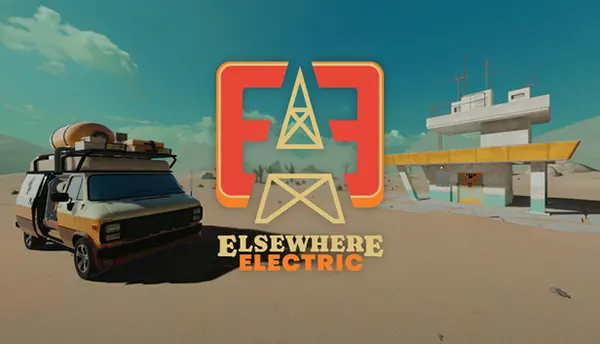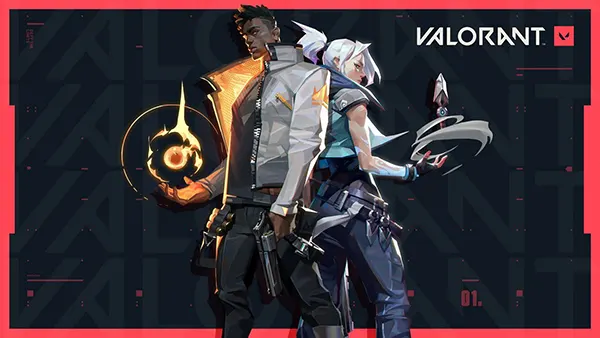Elsewhere Electric – Cooperative in VR and Mobile

Elsewhere Electric has emerged as one of the most distinctive cooperative projects combining VR technology with mobile gaming. This title brings together immersive interaction, teamwork, and creativity, offering players the chance to participate in a shared virtual experience that can be accessed both through headsets and handheld devices. By 2025, the game has gained traction for its hybrid approach, allowing players with different devices to join the same session without barriers.
Cooperative Gameplay Across Devices
The central concept of Elsewhere Electric lies in cooperation. Players in VR act within a highly interactive space, manipulating objects and managing tasks with realistic precision. Mobile players, on the other hand, complement these actions by controlling additional mechanics, solving puzzles, or offering strategic guidance. This structure bridges hardware limitations, ensuring accessibility for those without VR equipment.
The game emphasises communication. Players must coordinate roles to progress through challenges, whether repairing futuristic machinery, guiding energy flows, or solving environmental puzzles. Success relies less on individual skill and more on collective problem-solving, which has made the title popular among friends, families, and online communities alike.
Unlike many traditional multiplayer games, Elsewhere Electric avoids competitiveness and instead fosters collaboration. This approach not only appeals to casual players but also to educational and training environments where teamwork is prioritised over scoring systems.
Why Hybrid Design Matters
The dual integration of VR and mobile is more than a technical feature; it reflects a shift in how multiplayer experiences are being designed in 2025. Developers are increasingly aware that VR remains a niche due to cost and space requirements, whereas mobile remains universal. Elsewhere Electric successfully bridges these two worlds, allowing for mixed participation.
This inclusive model has also sparked interest among event organisers and educators, who see value in allowing groups with different devices to participate equally. For instance, schools have adopted the game for teaching collaborative problem-solving, while companies use it for remote team-building sessions.
In a broader industry context, this hybrid model demonstrates how developers can extend the lifespan and audience of VR titles by incorporating more accessible entry points. It positions Elsewhere Electric not only as a game but as a blueprint for future design strategies in cooperative play.
Art Style and Narrative
Visually, Elsewhere Electric blends a retro-futuristic art style with bright, clean environments. The design draws inspiration from mid-20th-century science fiction, featuring bold colours, analogue-inspired interfaces, and environments filled with curious mechanical devices. This distinctive aesthetic has helped the game stand out in an increasingly crowded market of realistic VR simulations.
The narrative revolves around maintaining and repairing an energy network in a fictional alternate reality. Rather than presenting a linear story, the game encourages players to discover details through interaction with the environment. This organic storytelling approach aligns with the cooperative mechanics, where every action can reveal new elements of the world.
Sound design further enhances the immersion. Ambient hums of machinery, subtle musical cues, and responsive effects provide a sensory depth that strengthens the connection between VR and mobile participants. The combination of visual and audio layers creates a cohesive, memorable atmosphere.
Role of Storytelling in Cooperative Games
Storytelling in Elsewhere Electric is not just background decoration. It is actively tied to the cooperative mechanics. Every puzzle and repair task has narrative context, motivating players to act not only to progress but to preserve the functioning of the shared world. This design strengthens player engagement and provides purpose to their actions.
The narrative also adapts depending on group performance. Teams that manage to complete objectives efficiently may unlock additional layers of lore or environmental secrets, encouraging replayability and exploration. This dynamic structure ensures no two sessions feel entirely the same.
By making story progression a collective achievement, Elsewhere Electric elevates cooperative gameplay beyond functionality and into meaningful shared storytelling. This is one of the reasons it has been recognised by critics as an innovative title in both VR and mobile spaces.

Community and Future Development
Elsewhere Electric has built a dedicated community of players since its early release. Online forums, Discord servers, and social media groups provide spaces where strategies are shared, new players are introduced, and feedback is given directly to developers. This active exchange has influenced updates, with developers implementing community-driven features such as accessibility improvements and expanded puzzle sets.
By 2025, the developers have announced expansion packs introducing new cooperative scenarios and additional mobile mechanics. These updates aim to maintain long-term engagement and ensure that both VR and mobile players remain equally important to the game’s ecosystem. Cross-platform synchronisation continues to be a key focus.
Looking ahead, Elsewhere Electric is expected to inspire similar titles, as more developers recognise the benefits of combining VR depth with mobile accessibility. The game demonstrates how cooperative play can be redefined when technology is used to unite rather than divide audiences.
Educational and Cultural Impact
Beyond entertainment, Elsewhere Electric is increasingly seen as a tool for education and cultural exchange. Teachers use it to simulate problem-solving scenarios, language-learning exercises, and collaborative tasks that build soft skills. Museums and cultural centres have also explored the title as an interactive medium for group exhibitions.
This adaptability positions the game as more than a commercial product. It becomes a cultural artefact reflecting the evolution of digital cooperation. As VR adoption grows, titles like Elsewhere Electric highlight how inclusivity can expand the boundaries of interactive media.
Ultimately, the game’s success is not solely measured in sales but in the diverse ways communities, educators, and players worldwide have adopted it. Its hybrid model stands as a signpost for the future of cooperative digital experiences.




